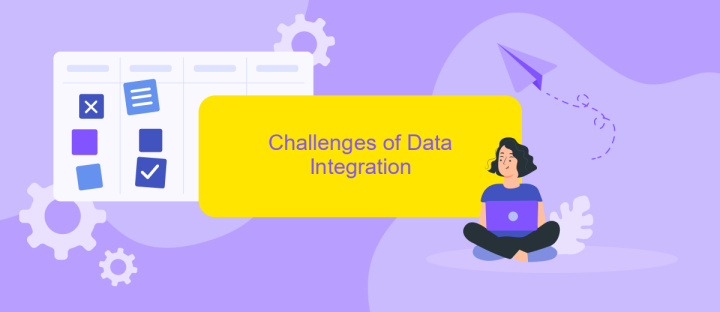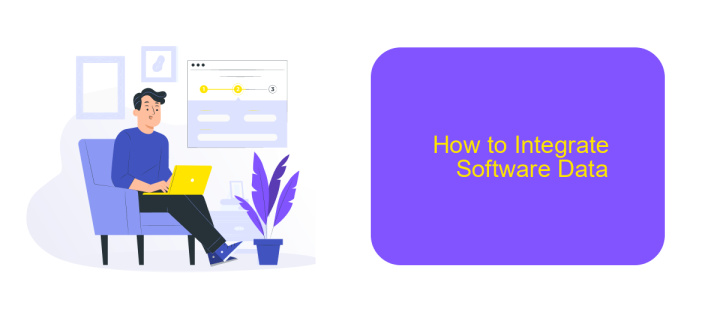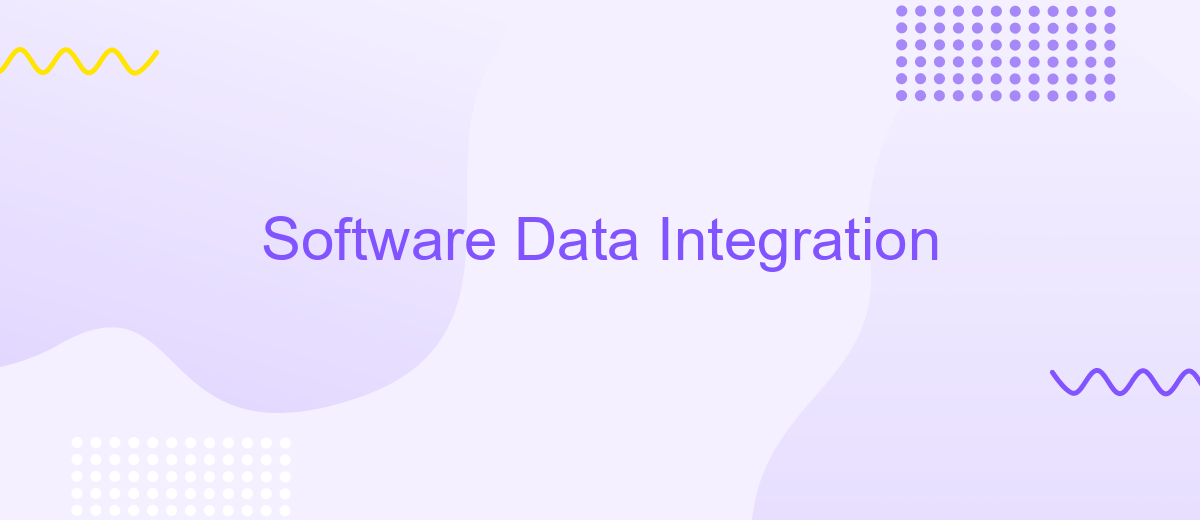Software Data Integration
Software data integration is a critical process that enables seamless communication and data exchange between disparate systems and applications. By consolidating data from various sources, organizations can enhance their decision-making capabilities, streamline operations, and improve overall efficiency. This article explores the key concepts, benefits, and best practices of software data integration, providing valuable insights for businesses aiming to optimize their data management strategies.
Introduction
Software Data Integration is a critical aspect of modern business operations, enabling seamless communication between various software applications and systems. As organizations increasingly rely on diverse software solutions, the need for efficient and reliable data integration becomes paramount. This process not only enhances data consistency and accuracy but also optimizes workflow efficiency.
- Improved data accuracy and consistency
- Enhanced operational efficiency
- Streamlined business processes
- Better decision-making capabilities
Several tools and services are available to facilitate software data integration, one of which is ApiX-Drive. ApiX-Drive offers a user-friendly platform that simplifies the integration process, allowing businesses to connect various applications without extensive coding knowledge. By leveraging such tools, organizations can ensure that their data flows seamlessly across different systems, supporting more informed decision-making and operational excellence.
Benefits of Data Integration

Data integration offers numerous benefits, streamlining processes and enhancing decision-making by providing a unified view of information. By consolidating data from various sources, organizations can eliminate data silos and ensure consistency and accuracy across their operations. This holistic approach not only improves data quality but also enables real-time insights, facilitating quicker and more informed decisions. Moreover, integrated data systems reduce redundancy and save time, allowing teams to focus on strategic initiatives rather than manual data management.
In addition to operational efficiency, data integration enhances collaboration and communication within an organization. Tools like ApiX-Drive simplify the integration process, making it accessible even for non-technical users. By automating data flows between different applications and services, ApiX-Drive ensures seamless connectivity and reduces the risk of errors. This leads to improved productivity and a more agile business environment, as teams can easily access and share critical information. Ultimately, data integration fosters a more cohesive and responsive organization, capable of adapting to changing market demands.
Challenges of Data Integration

Data integration is a complex process that involves combining data from different sources to provide a unified view. One of the primary challenges is ensuring data quality and consistency, as data from various sources often come in different formats and structures. This can lead to discrepancies and errors that require significant effort to resolve.
- Data Quality and Consistency: Ensuring that data from different sources is accurate and reliable is a major challenge.
- Data Transformation: Different formats and structures necessitate complex transformations to make the data usable.
- Scalability: As the volume of data grows, maintaining performance and efficiency becomes increasingly difficult.
- Security and Compliance: Integrating data often involves sensitive information, requiring robust security measures and compliance with regulations.
- Cost and Resource Management: Data integration projects can be resource-intensive and costly, requiring careful planning and management.
To address these challenges, tools like ApiX-Drive can be invaluable. ApiX-Drive simplifies the integration process by offering a user-friendly platform that automates data synchronization between various applications and services, ensuring data quality and consistency while reducing the need for extensive manual intervention. By leveraging such tools, organizations can streamline their data integration efforts and focus on deriving actionable insights from their unified data.
How to Integrate Software Data

Integrating software data is a crucial step in streamlining business processes and ensuring seamless data flow between different applications. The process involves combining data from various sources into a single, unified system, which facilitates better analysis and decision-making.
To begin with, identify the data sources and define the objectives of the integration. Understanding the specific needs and goals will help in choosing the right tools and methods for the integration process. It's essential to ensure data compatibility and consistency to avoid any discrepancies.
- Identify and map data sources
- Select appropriate integration tools
- Ensure data compatibility and consistency
- Implement data transformation and cleansing
- Monitor and maintain the integration process
Using integration platforms like ApiX-Drive can significantly simplify the process. ApiX-Drive offers a user-friendly interface and supports numerous applications, making it easier to automate data transfer and synchronization. By leveraging such tools, businesses can save time, reduce errors, and enhance overall data management efficiency.
Best Practices for Software Data Integration
Effective software data integration requires meticulous planning and execution. Start by clearly defining the objectives and requirements of the integration process. Identify the data sources, data formats, and any potential compatibility issues. Ensure that data quality is maintained by implementing validation rules and error-handling mechanisms. Regularly update and monitor your integration processes to adapt to any changes in data sources or business requirements.
Leveraging tools and services can significantly streamline the integration process. For instance, ApiX-Drive offers a user-friendly platform that simplifies the setup of data integrations between various software systems. It supports a wide range of applications and provides real-time data synchronization, reducing the risk of data discrepancies. Additionally, ApiX-Drive's intuitive interface allows for quick configuration without the need for extensive coding knowledge, making it accessible for both technical and non-technical users. Utilizing such tools can enhance efficiency and ensure seamless data flow across your organization.
FAQ
What is Software Data Integration?
Why is Data Integration important for businesses?
What are the common challenges in Data Integration?
How can businesses automate Data Integration processes?
What should be considered when choosing a Data Integration tool?
Time is the most valuable resource for business today. Almost half of it is wasted on routine tasks. Your employees are constantly forced to perform monotonous tasks that are difficult to classify as important and specialized. You can leave everything as it is by hiring additional employees, or you can automate most of the business processes using the ApiX-Drive online connector to get rid of unnecessary time and money expenses once and for all. The choice is yours!

